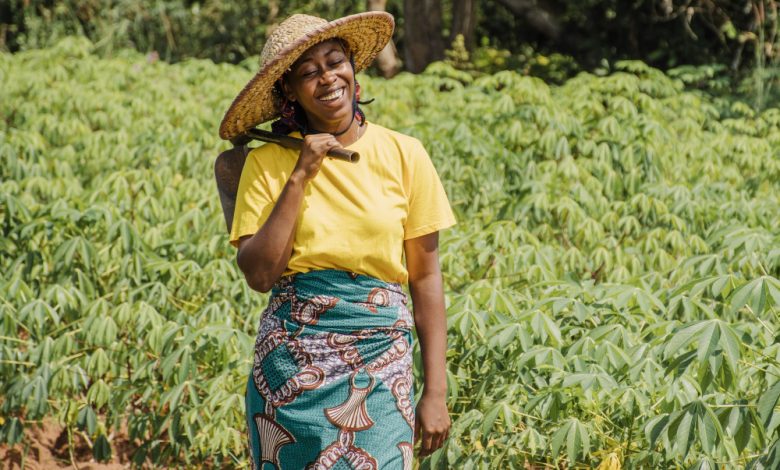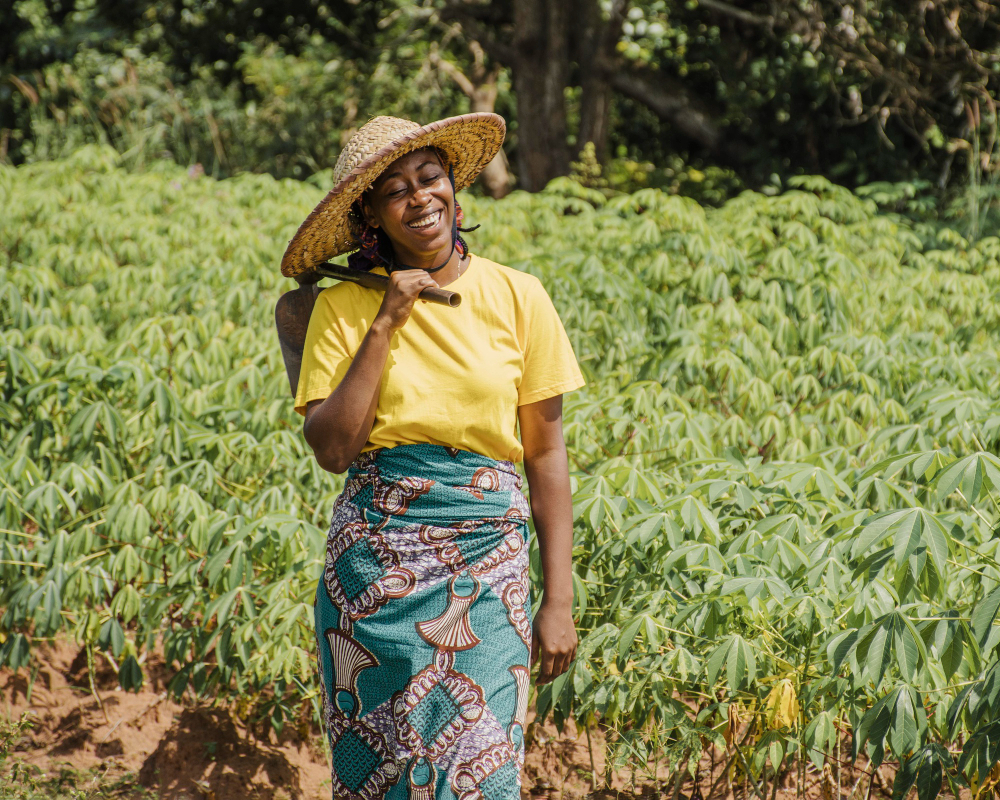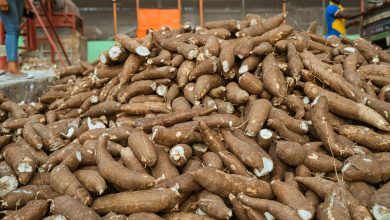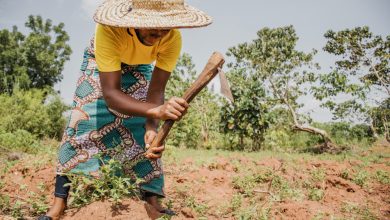Cassava in the Global Market

Cassava in the Global Market: Trends and Opportunities
Cassava has long been a staple crop in Africa, especially Nigeria, where it is a primary source of food and income for millions. But today, cassava is emerging as more than just a regional dietary essential—it’s becoming a key player in the global market. With rising demand for gluten-free and plant-based products, cassava’s potential beyond traditional uses. This article explores the trends driving cassava in the global market and the vast opportunities this resilient crop offers for growth and investment.
Global Demand for Cassava Products
In recent years, consumer preferences have shifted dramatically toward healthier and more sustainable food choices, which has propelled cassava into the spotlight. As a gluten-free alternative, cassava flour is increasingly popular in Western markets, while cassava starch has applications in various industries, from food production to biodegradable packaging. This rising demand for cassava products stems from their natural, plant-based appeal, catering to the growing number of health-conscious and environmentally aware consumers.
The industrial applications of cassava further fuel its demand. Beyond food, cassava starch is essential in pharmaceuticals and even cosmetics. The crop’s versatility has made it a valuable asset, positioning it as a sustainable option in a global market that values eco-friendly alternatives. These diverse uses make cassava a unique crop capable of supporting consumer and industrial needs, marking its expansion in the global market.

Key Trends in Cassava Production and Export
As cassava’s demand grows, so does production. African and Asian countries, particularly Thailand, Nigeria, and Brazil, are scaling up their production to meet the global need. We’re also seeing an increase in value-added cassava products, such as cassava chips, flour, and ethanol, which appeal to international markets and allow producers to command higher prices. Value addition represents a strategic move for cassava-exporting countries to capture more profit and meet specific market demands.
Investment in cassava processing technology is another critical trend, as processing quality directly impacts cassava’s acceptability in the global market. From advanced drying techniques to automated processing lines, these technological improvements help produce high-quality cassava products that meet international standards, boosting competitiveness and ensuring consistency across export batches.
Opportunities for Cassava in Emerging Markets
The opportunity for cassava in the global market extends into biofuels. Cassava-based ethanol is gaining attention as a renewable energy source, particularly in countries seeking to lower their carbon footprints. Given cassava’s low input requirements, it’s an appealing option for sustainable fuel, a market that continues to grow as countries adopt cleaner energy solutions.
Within the food industry, cassava products offer a wide range of applications—from gluten-free baking to serving as a natural thickener in soups and sauces. With demand for healthier, allergen-free products on the rise, cassava has found a niche in snack production and other processed foods. This shift not only creates new revenue streams for cassava farmers but also positions cassava as a solution for diverse dietary needs.
Emerging markets, especially in Africa and parts of Asia, present additional opportunities for cassava. With urbanization and population growth, demand for cassava-based foods is expected to rise in these regions. By investing in the cassava value chain, local economies can boost job creation, economic diversification, and food security, reinforcing cassava’s role in the global market.
Challenges in the Global Cassava Market
Despite its potential, cassava faces several challenges in the global market. Trade barriers and stringent quality standards, particularly in the EU and US, can restrict cassava exports if producers are unable to meet these requirements. Exporters must navigate these regulations to ensure cassava’s success in foreign markets.
Another significant challenge is climate change. As a crop largely cultivated by smallholder farmers, cassava is vulnerable to weather changes that can impact yield. To secure its future in the global market, it is crucial to adopt climate-resilient farming practices that protect yields and improve crop stability.
Logistical hurdles also pose obstacles for cassava’s export potential. Effective transport networks are vital to ensuring cassava products remain fresh and competitive. Addressing these challenges will require coordinated efforts from government agencies, investors, and industry stakeholders.
A Vision for Cassava’s Global Future
The future of cassava in the global market is filled with potential. With increasing demand for plant-based and eco-friendly alternatives, cassava is primed to be a leader in sustainable food and industrial products. By continuing to invest in technology, quality standards, and climate resilience, we can elevate cassava’s role in the global market and solidify its position as a vital crop for the future.
Cassava’s journey from local farms to the international marketplace is a testament to its versatility and resilience. In the future, there’s a clear call for industry collaboration and innovation. Together, we can create a thriving global market for cassava that supports farmers, meets diverse consumer needs, and contributes to economic growth in regions where cassava is a staple. With the right strategies, cassava’s impact on the global market is only beginning.




